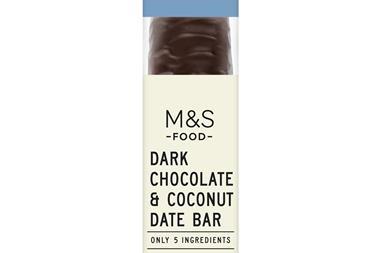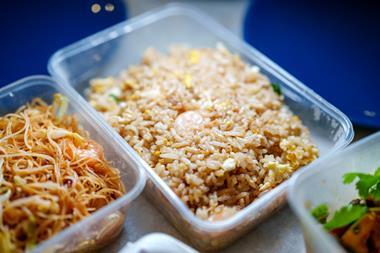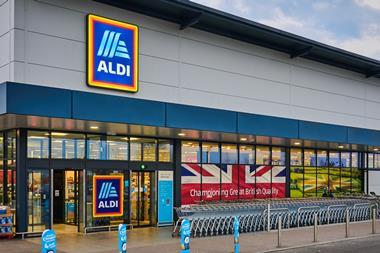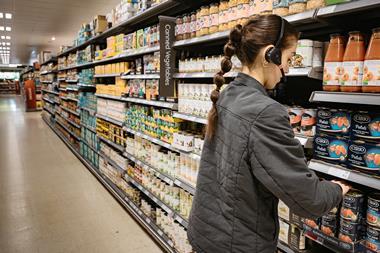
Amidst all the change in our industry, some fundamental principles endure. Consumers remain habitual in their food choices, especially for evening meals. They have a limited repertoire of seven to 10 meals that they recycle over weeks, months and often years. As a nation, our tastes do evolve, but slowly. The data shows spaghetti bolognese, roasts, pizza and stir fry are perennial favourites.
Companies circling the massive evening meal market have a problem and an opportunity. It is difficult to get a product adopted into a consumer’s repertoire, but if it is adopted, it becomes lucrative. A meal in the repertoire may be consumed weekly for the next few hundreds of weeks.
So, how best to persuade consumers to adopt a product or meal? The government’s Behavioural Insights Team offers a useful model: EAST . If you want people to do something different, make it Easy, Attractive, Social and Timely.
First, Easy. Typically, people making evening meals are tired, hungry and ready for the sofa. Data shows a decades-long shift to meals that are quicker and easier. Anything you can do to make meals featuring your products quicker and easier will drive success. But with one important proviso.
That brings us to the second point, Attractive. It is not about ease at all costs – consumers have aspiration. They seek good, natural food. So the sweet spot is meals that are easy, but do not feel processed or unnatural. Charlie Bigham’s in ready meals has found this sweet spot. M&S co-merchandise raw meat, fish and produce with a range of sauces and accompaniments to allow quick “semi-scratch” cooking. Their stir fry offer is an example.
Third, Social. We want to believe we are independent and autonomous in our food choices. We are not. We are very influenced by what others do. Food companies need to work within social norms – behaviours like meat-free Mondays, fish on Friday, curry or pizza at the weekend, or the Sunday roast, remain powerful cues for people when they think about what to have on a particular day. Knowing when your product or meal fits the social norms, and reflecting that in the way it is marketed, is important.
Finally, Timely. When is the best time to influence meal choice? Right at the point of purchase is one answer, particularly near to meat and fish, which still define the meal for many shoppers. Schwartz is a master of this with its display units. Online grocery especially suits this approach, offering the ability to nudge and suggest added-value products, sauces or accompaniments. The path to purchase is also important. For example, capturing commuters thinking about tonight’s meal, with geo-targeted social media or with an A frame outside a convenience store. Or finding ways to influence consumers online as they search for ideas for tonight’s meal.
So, how to get consumers adopting meals featuring your product? Think EAST: Easy, Attractive, Social and Timely.



















No comments yet